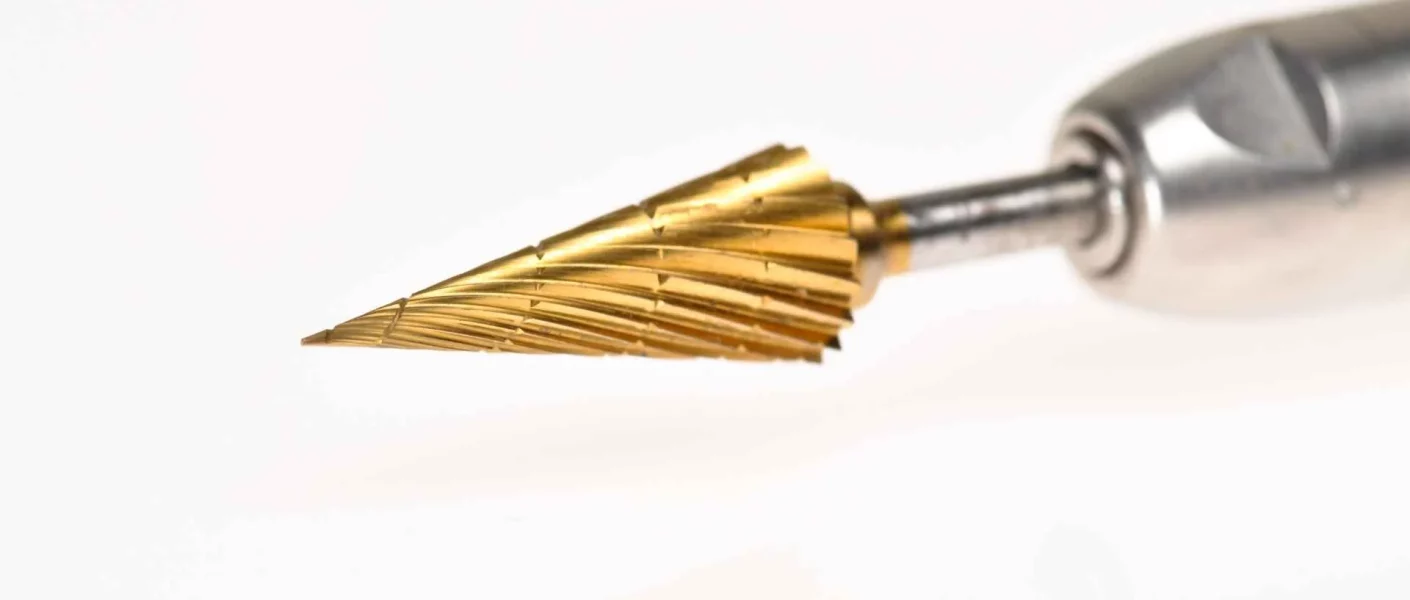If you're looking for the best finishing tool for your composite work, consider a Strauss composite finishing bur. These blades can be used with a wide variety of materials, unlike other products. They are also more efficient and will give you beautiful clinical results. Plus, they eliminate the need for a polisher, saving you time and money. These instruments are available in five different lengths and colors, so you can pick the right one for your specific project.
There are two types of composite finishing burs: carbide and diamond. Both types of burs have different characteristics. Carbide finishing spheres perform a grinding and cutting action, which makes them better for chipping away the composite. Moreover, the hardened metal blades are more precise, so they can achieve a smoother surface than diamonds. Each material has its pros and cons. Each type is made to work with a particular material.
The four-grit disc sequence is designed to reduce the surface roughness and glossy tooth finish. Using this method allows the dentist to achieve the most control and results while still maintaining a high level of precision. The best choice is a combination of a coarse-grit and multiple-fluted discs. Although each disc serves a different purpose they all have similar applications. The two types of finishing burs have the same function, but they are made from different materials.
When selecting the right composite finishing burs, be sure to consider what type of restoration you want to perform. Generally speaking, a carbide finishing bur is used to remove the excess composite resin. The dentist can use a variety of techniques to finish the restoration. These include interdental strips or oscillating systems with inserts coated in diamonds. The carbide finishing circle is used to polish composite. However, the material must be dry and the surface free from imperfections. This way, the dentist can ensure the integrity of the restoration without affecting other teeth.
When using a carbide composite finishing bur, it is crucial to select the right tool for the job at hand. The bur should be durable and sharp enough to avoid the possibility of chipping away the composite. It should also be strong enough to withstand the stresses of the procedure. It is important to follow the correct sequence. It must be used carefully. A finished surface should be dry before it can be polished. Operators should have the right tools for the job.
How do you choose your composite finishing burs?
Composite finishing requires a handpiece with low speed, but it is crucial to follow the correct sequence of steps. Choosing the correct instruments is essential when it comes to composite finishing. It is important to follow the correct sequence. The order in which the burs are used is important. When a dentist applies a finishing bur to a tooth, the technique can be very difficult if the patient isn't prepared. If the procedure isn't done correctly, there's a risk of injury to nearby teeth.
The type of restoration that the patient requires is another important consideration when choosing a composite bur. The procedure can be done in different ways. A dentist might use an interdental strip for removing excess composite resin. There are also oscillating systems that have diamond-coated inserts. To remove excess composite, a dentist will use an carbide-coated handpiece. The order of these steps is crucial for the success of the procedure.
When choosing a composite finishing bur, it is important to make sure you're using the right tool for the job. The right tool will protect the tooth and allow you to make a perfect composite finish. Incorrectly used instruments can cause unnecessary damage to adjacent teeth. In contrast, the proper instrument will protect the gums and preserve the natural structure of the tooth. If you're unsure of which type of burs to choose, it is always best to consult a professional and get a thorough consultation.
They are not only effective, but they can also save time and money. Many burs can damage adjacent teeth. It is important to choose a tool that protects them. A proper composite finishing bur will ensure your composite looks its best. You can make the most beautiful composite finish with a rounded tooth. The dentist must avoid damaging surrounding teeth with a pointed tip. If you are looking for a perfect result, a carbide-coated bur is a good option.

